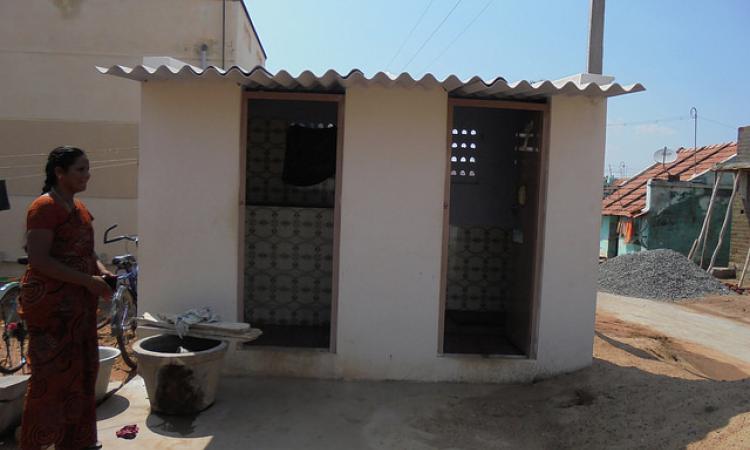
Sanitation is the name given to the process, facilities and services employed towards the safe disposal of human waste which includes faeces and urine. Human waste, unless properly disposed of, is not just really gross but also tends to be a major cause for several waterborne diseases like cholera, diarrhoea, gastroenteritis and typhoid. According to the World Health Organization, improving sanitation can have a hugely beneficial impact on the health of individuals and families.
Inadequate sanitation also has serious economic implications. The health impact of poor sanitation results in pronounced economic losses which come from direct medical costs of treating sanitation-related illnesses and indirect costs due to reduced or lost productivity as a result of ill health. In fact, inadequate sanitation is said to have caused India considerable economic losses, equivalent to 6.4 percent of India’s GDP in 2006, or Rs 2.4 lakh crore.
According to the UN report card, close to 946 million people in the world have little or no access to sanitation and continue to practise open defecation. According to 2011 census, 53.1 percent (63.6 percent in 2001) of the households in India do not have a toilet, with the percentage being as high as 69.3 percent (78.1 percent in 2001) in rural areas and 18.6 percent (26.3 percent in 2001) in urban areas. However, providing toilets alone cannot solve the problem of unsafe sanitation.
Is it only about toilets?
Addressing the sanitation problem is not just about eliminating open defecation by providing toilets, but also of ensuring safe disposal of the faecal waste without it being exfiltrated into the environment. Attention should be paid to the social and behavioural aspect of the community while formulating solutions for access to safe sanitation.
A close look at the ground realities will show us where the problem actually lies. For instance, it has been observed that toilets are being provided by the government and ULBs to end open defecation but access to toilets continues to be a problem. A casual walk around any city or town would show us people urinating in public spaces because they do not have access to toilets. Providing toilets at random locations has not helped in solving the problem of open defecation or urination.
A news article in the Indian Express titled It’s No Joke–State of the World’s Toilets by WaterAid said: “If all 774 million people in India waiting for household toilets were made to stand in a line, the queue would stretch from the earth to the moon and beyond. However, in places where toilets do exist, scant attention has been paid to the needs of women, children and people with disability. Access to clean and working toilet is key to preventing open defecation and beginning of the journey towards safe sanitation.
Providing user-friendly and clean toilets in parks, bus stations, markets, petrol pumps, small restaurants and places of tourist interests should be made mandatory. If we continue providing toilets without looking into their access, maintenance and usability, it is unlikely that we will witness a real change as far as open defecation and open urination is concerned. Toilets with no water or unsafe toilets are only structures which will play little or no role in the long journey towards safe sanitation.
The author is a junior specialist, TNUSSP. This is one of a series of blog posts written by experts from the Tamil Nadu Urban Sanitation Support Programme (TNUSSP). The TNUSSP supports the Government of Tamil Nadu (GoTN) and select cities in making improvements along the entire urban sanitation value chain. The TNUSSP is being implemented by a consortium of organisations led by the Indian Institute for Human Settlements (IIHS), in association with CDD Society, Gramalaya and Keystone Foundation. You can find out more about TNUSSP at http://muzhusugadharam.co.in/tnussp/
/articles/will-building-toilets-solve-problem-open-defecation